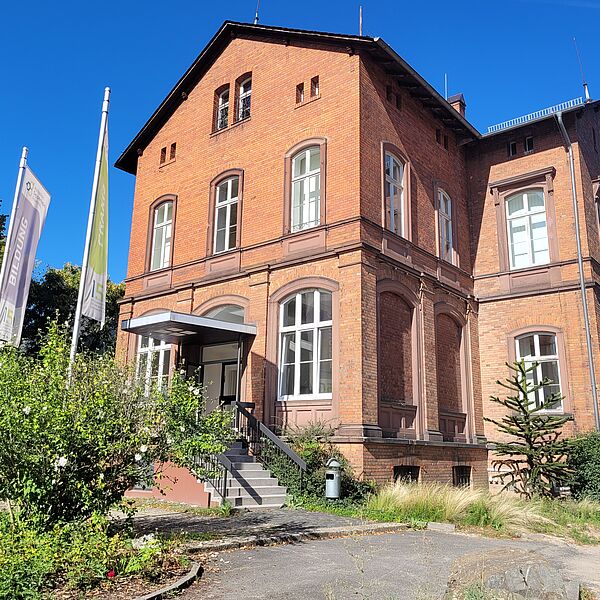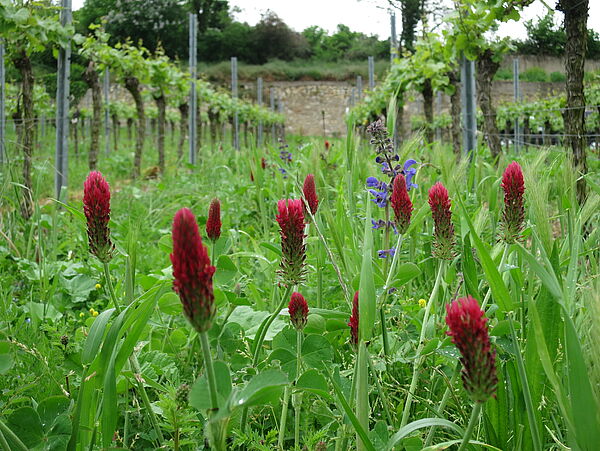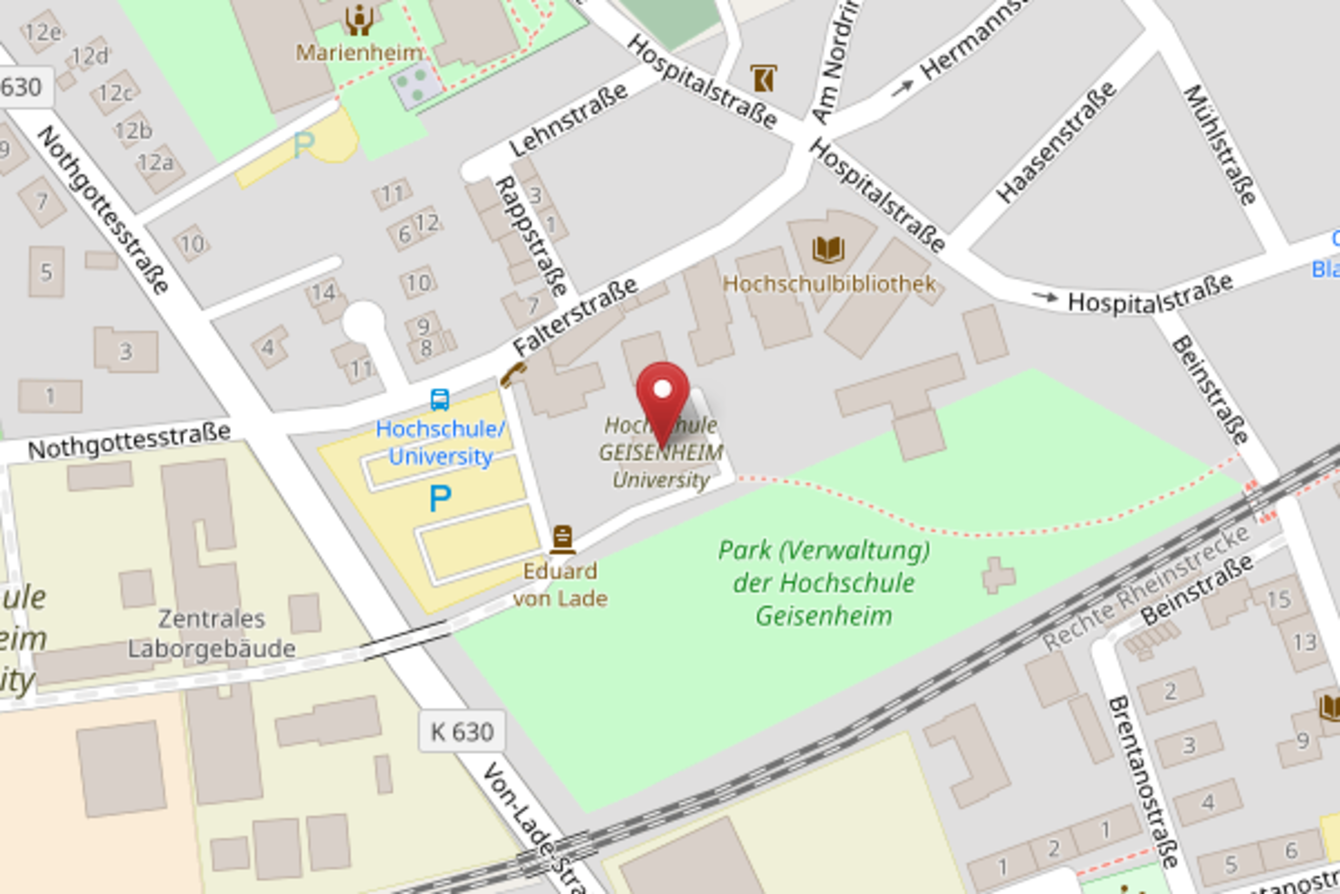The funding will help strengthen HGU’s position as a regional and national driver for innovation to develop sustainable cultivation systems and attractive wine-growing landscapes. In cooperation with the Frankfurt-based Institute for Social-Ecological Research (ISOE), solutions will be developed to address major environmental and economic challenges in wine-growing regions. Innovative formats of knowledge transfer that focus on dialogue and are geared towards individual target groups will play an important role in this process.
Prof. Dr. Hans Reiner Schultz, President of Hochschule Geisenheim University, explains: “As a university, we have always focused on transferring knowledge into practice – alongside teaching and research. As part of our research activities, we are addressing questions of sustainability in cooperation with and for the benefit of society. The funding that comes with the “Innovative University” award will strengthen the transfer of knowledge, ideas and technology at our university and the joint innovation efforts with the region.”
Within the scope of the funding, Hochschule Geisenheim University is planning to set up innovation labs which serve as experimental spaces and mock-up centers to develop viable wine-growing systems and a versatile cultivated landscape that is rich in biodiversity. This includes, for example, an exhibition in a mobile "Tiny House", which is to be used on site in the vineyards, but also in schoolyards or central town squares in the region. The main focus will be on an interactive transfer of knowledge by using, for example, new digital tools which are meant to visualize changes in the landscape caused by the intensification of viticulture in recent decades, to reflect upon solutions and a course of action and to jointly develop ideas for the future design of the landscape. The Institute for Social-Ecological Research (ISOE) supports the plans with its expertise in the field of knowledge transfer and knowledge communication. In addition, ISOE supports the project with an impact-oriented evaluation, which aims to systematically record the effects of the research processes and transfer formats in order to be able to make timely adjustments if necessary. Representatives from the wine industry, regional authorities (for viticulture, nature conservation, land consolidation, water management) will be involved together with associations and organizations as well the local community. Further target groups include students, in particular of viticulture and horticulture, agricultural sciences, landscape planning and nature conservation, as well as the general public as users of the regional landscape, which explicitly includes local school students. Because of its geographic location at the interface between the rural Rheingau-Taunus district with its famous wine-growing region and the bustling Rhein-Main area, the university provides the perfect framework to address these questions.
About the “Innovative University” funding initative
In an expert-led competition, the independent selection panel of the federal and state initiative selected a total of 55 higher education institutions for funding in 16 individual and 13 collaborative projects. Two projects from Hesse were successful: In addition to Hochschule Geisenheim University, a project from the University of Kassel was selected. In total, 165 higher education institutions applied for funding.
In this context, Bettina Stark-Watzinger, Federal Minister of Education and Research as well as Chair of the Joint Science Council (GWK) said in a press release: “Our universities of applied sciences as well as our small and medium-sized universities are deeply rooted in the regions and serve as a driving force for innovation for our country. With the “Innovative University” initiative, we provide targeted support to promote their strengths.”
The federal and state initiative to promote a research-based transfer of ideas, knowledge and technology entitled “Innovative University” was adopted by the heads of the federal and state governments in summer 2016. The aim is support universities of applied sciences and small and medium-sized universities and help them unlock their potential for innovation. Regarding transfer and innovation, which is commonly referred to as the “third mission” of higher education institutions alongside research and teaching, the initiative aims to help them raise their profile and strengthen their strategic role in the regional innovation system. For further information about the initiative please go to: www.innovative-hochschule.de.





![to campus south;; M. Faust 2023 [Translate to English:] Bild Unter Campus](/fileadmin/_processed_/6/9/csm_MF_HEADER_UNTERERCAMPUS_b3323b9354.jpg)


